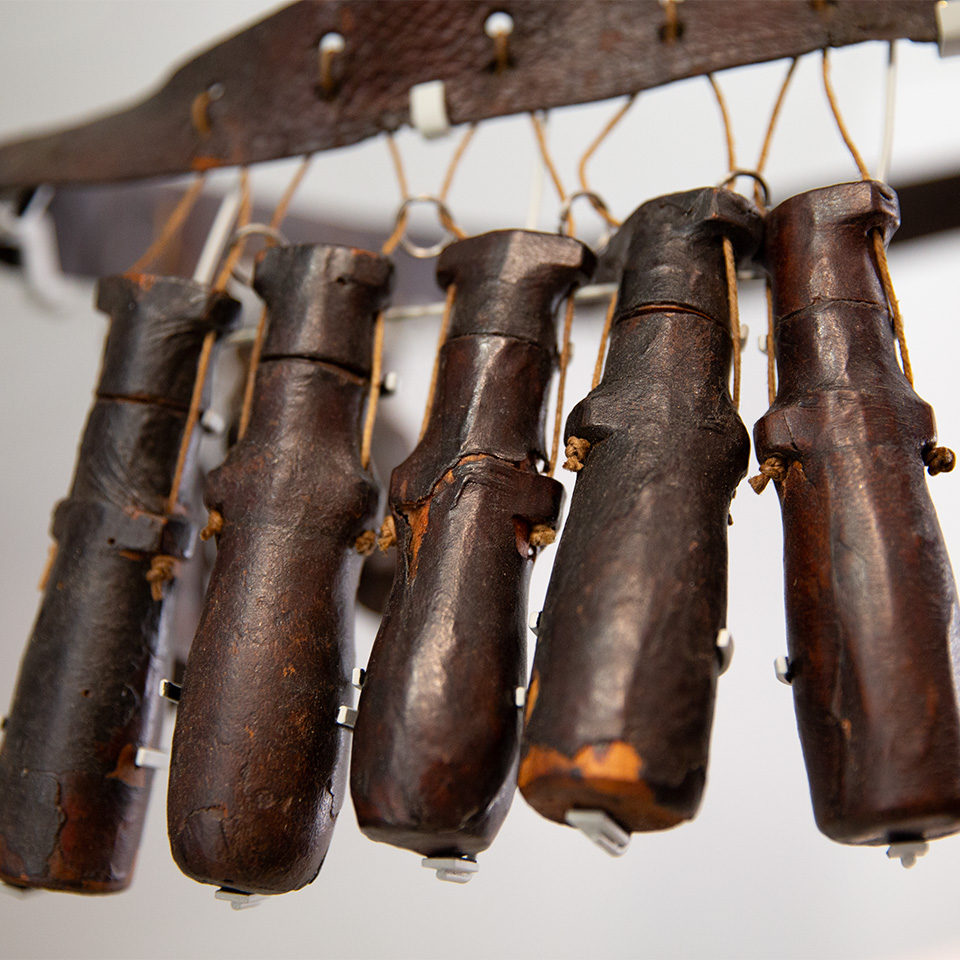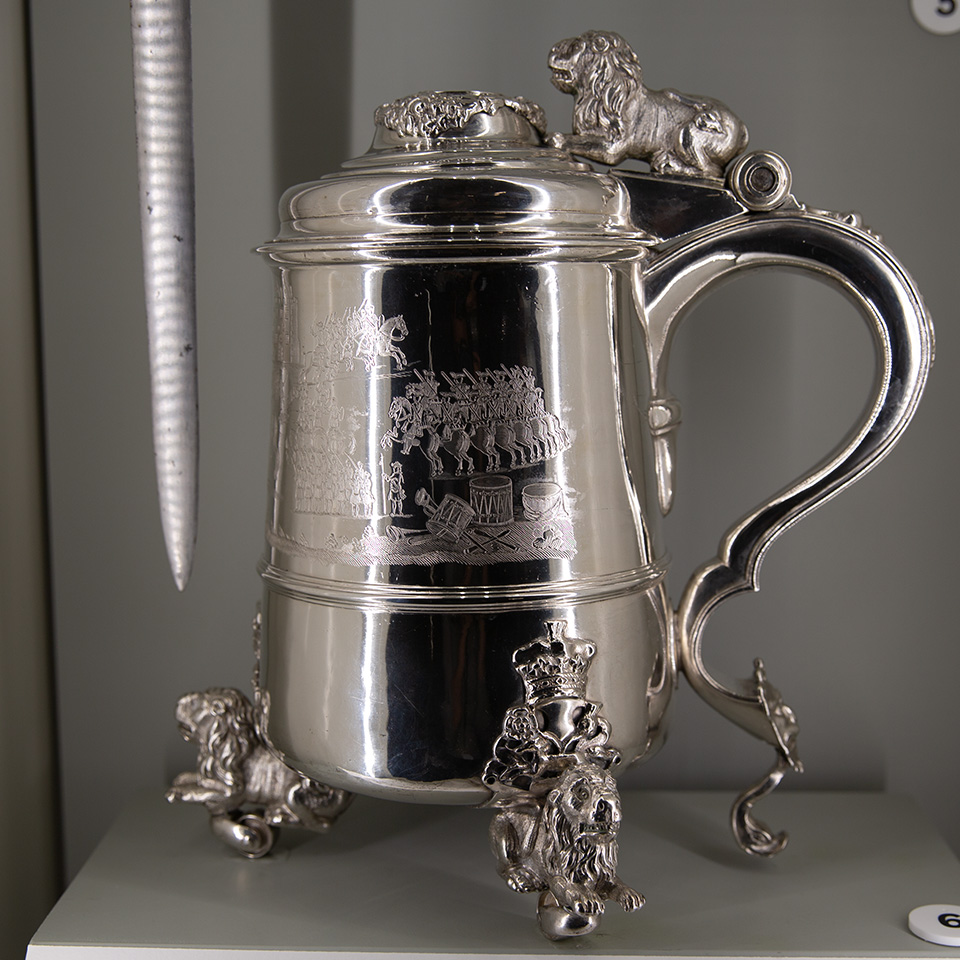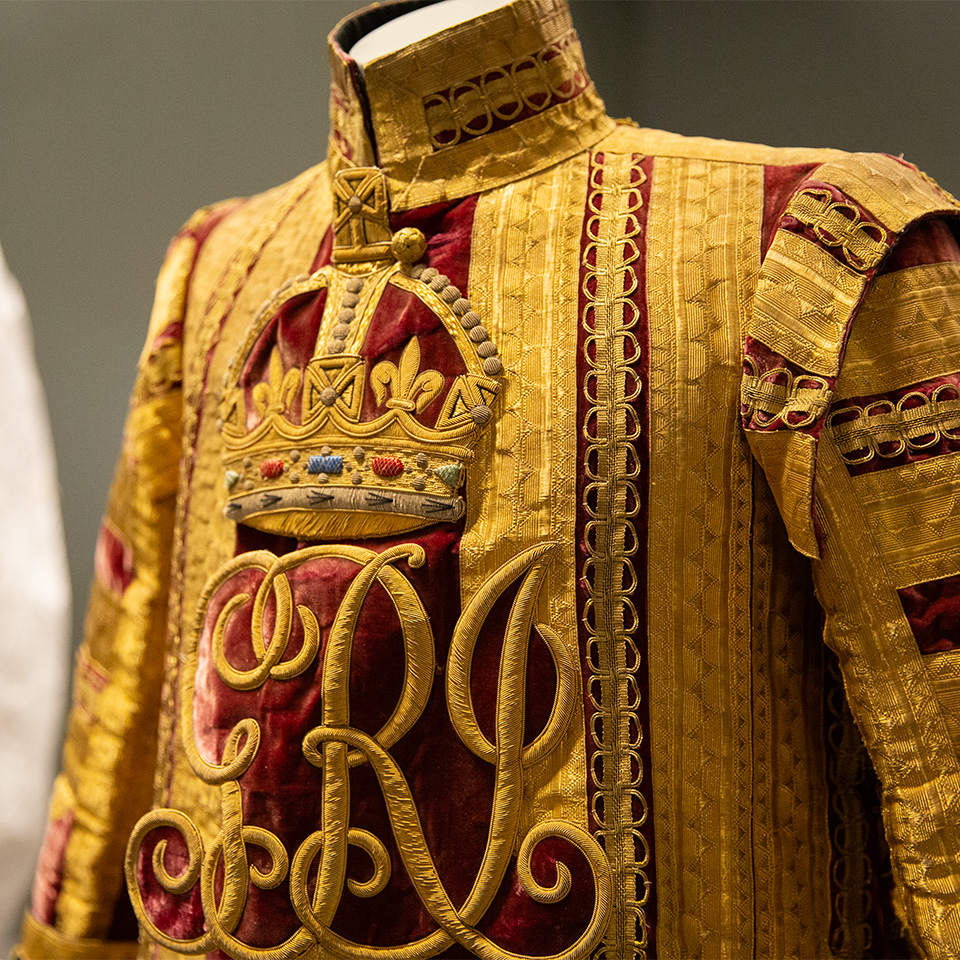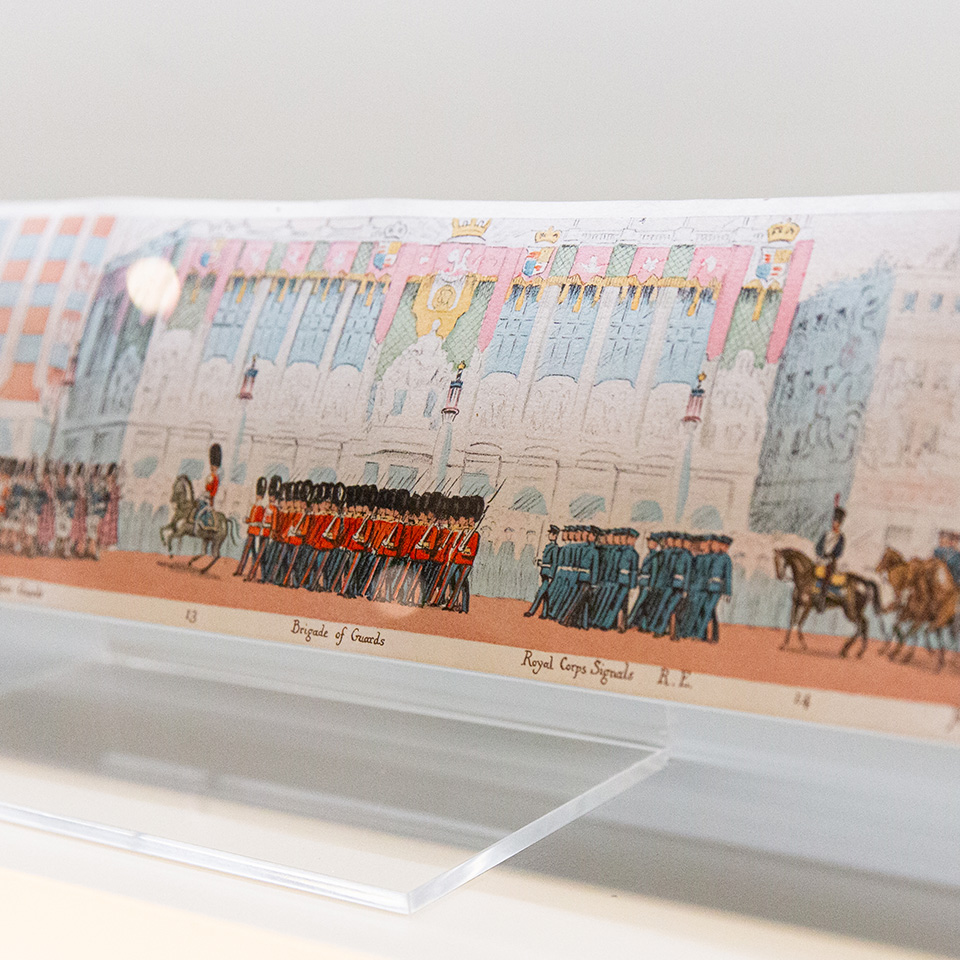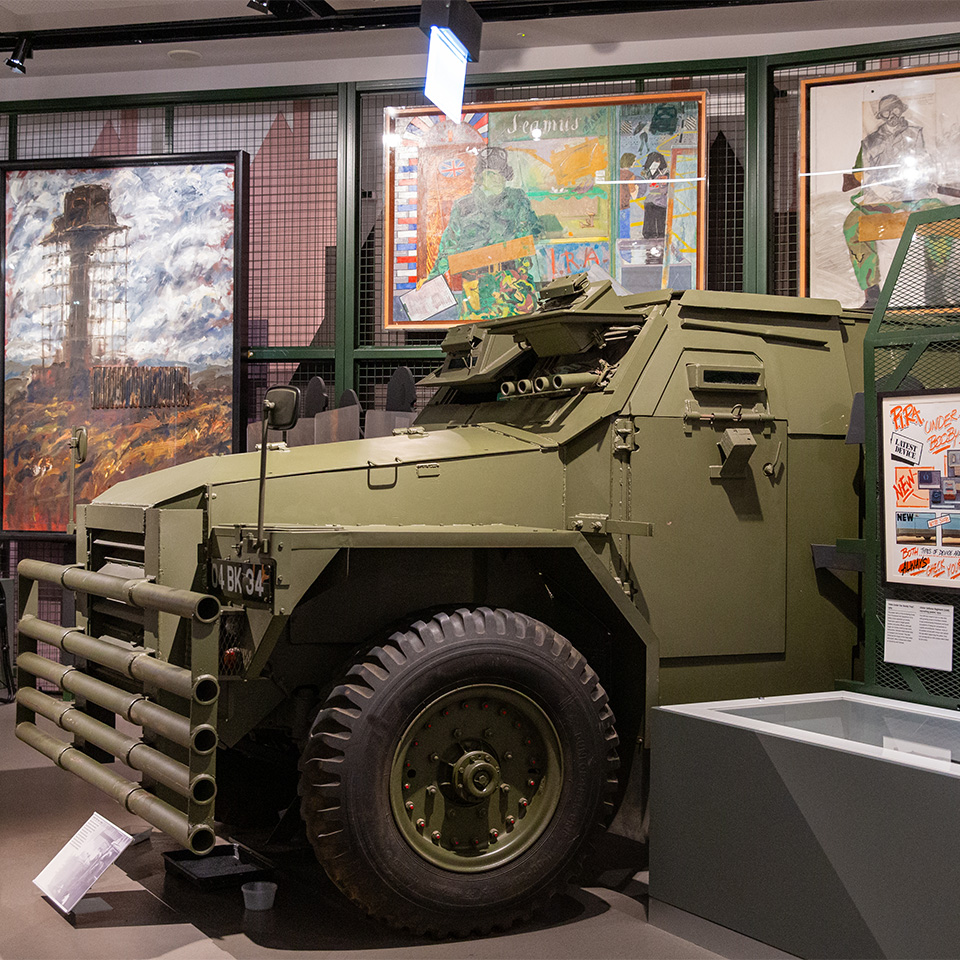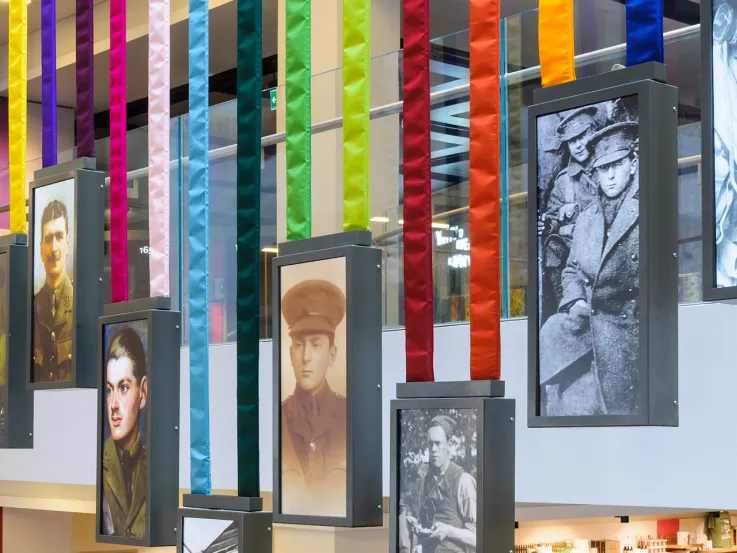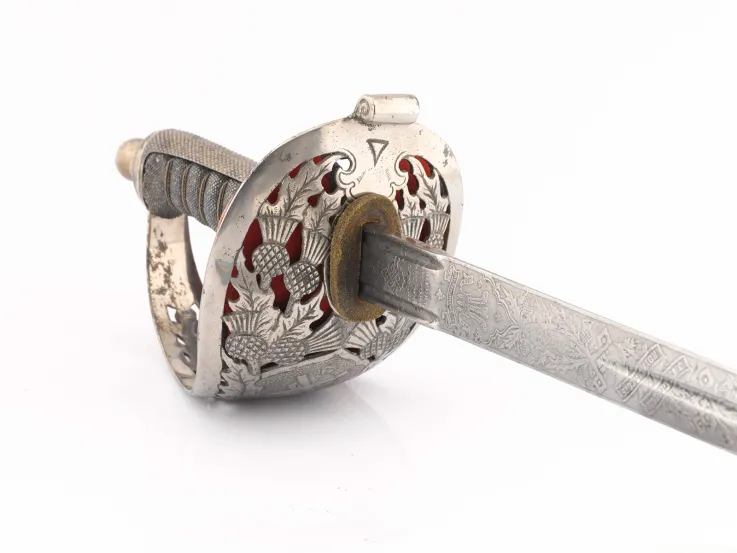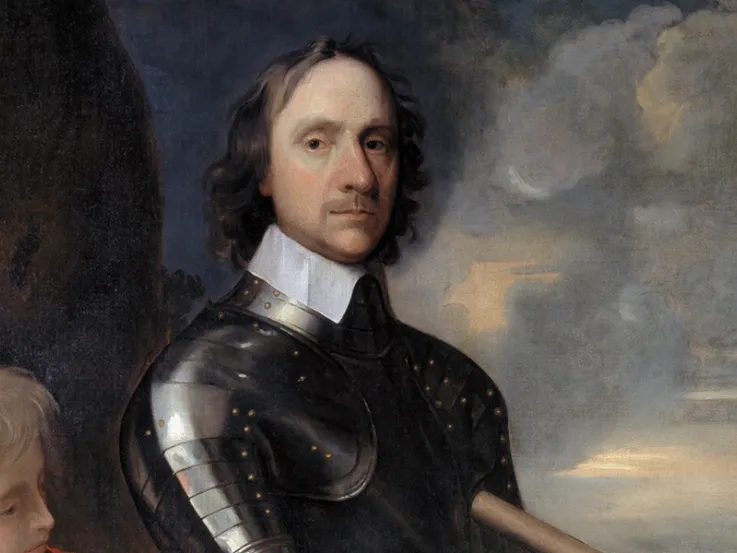Army at Home gallery

Shaping Britain and its communities
About the gallery
The Army at Home gallery explores the Army's home service from the 1600s to the present day.
It begins by examining the role of the Army in the conflicts and political turmoil that created modern Britain, before outlining its ongoing efforts to defend the nation against external and internal threats.
The gallery shows how soldiers have cultivated a national identity through shared service, ceremonial duties and acts of remembrance. It also looks at their impact on local communities, from building fortifications and barracks in our towns and countryside, to supporting our public services in times of emergency.
‘The town and Army... all join together to use various facilities... I was on eight committees at one stage... They like the Army to join in; the only thing is that they often want the Army to take charge!’Jim Robinson, Army veteran and Colchester resident — 2015

